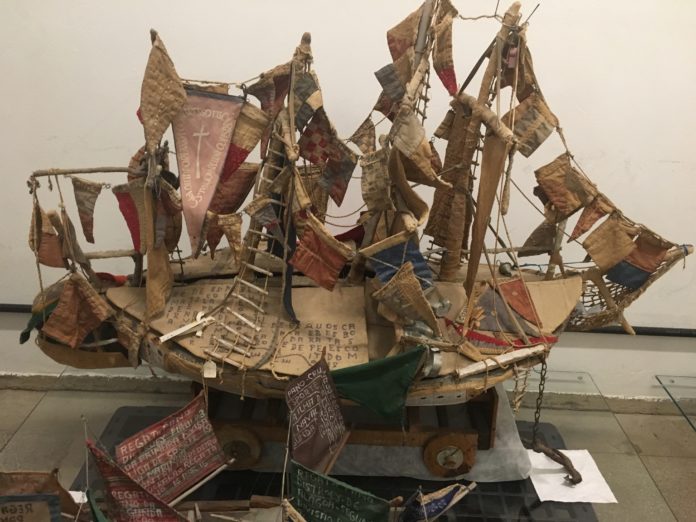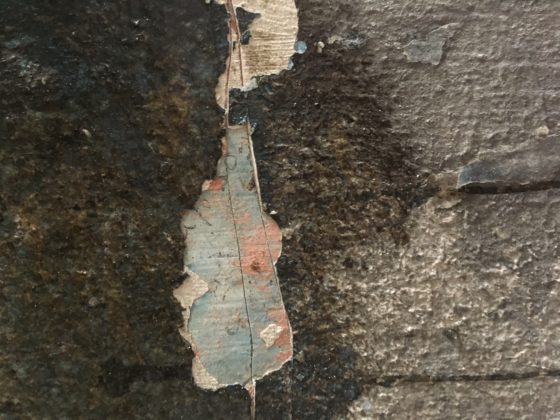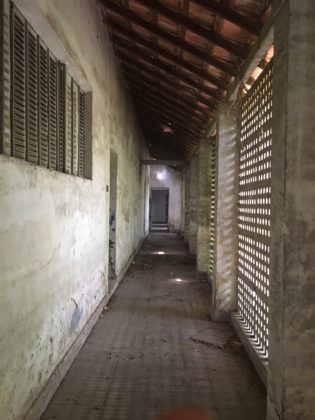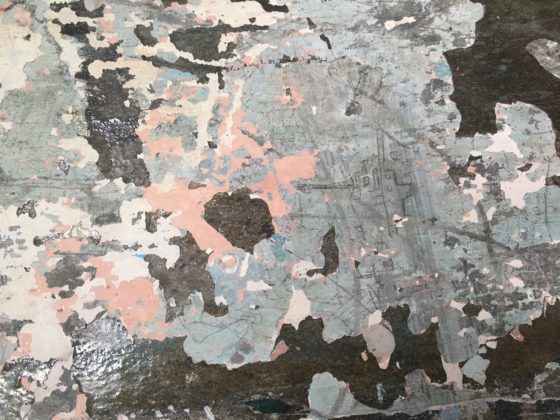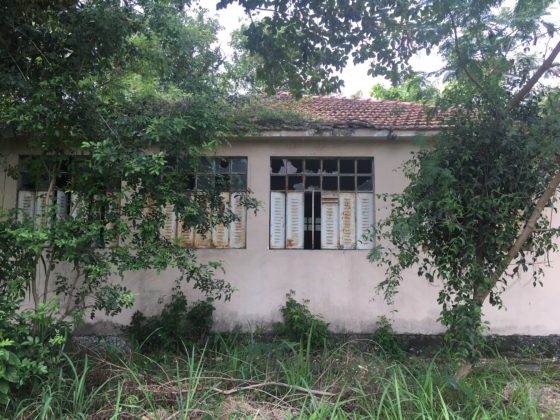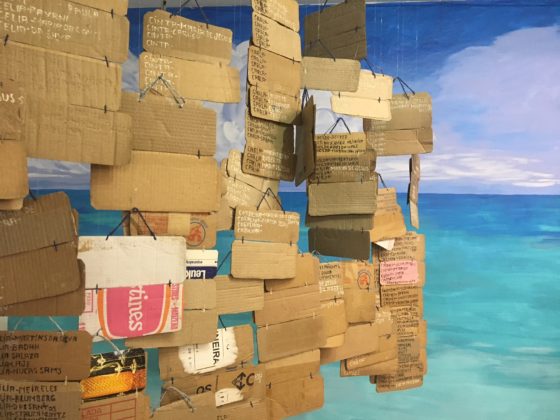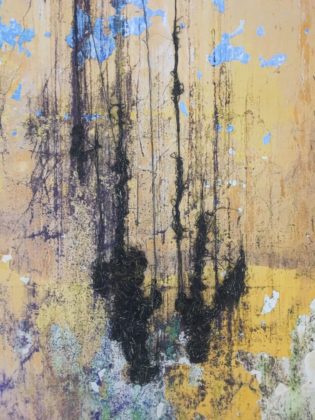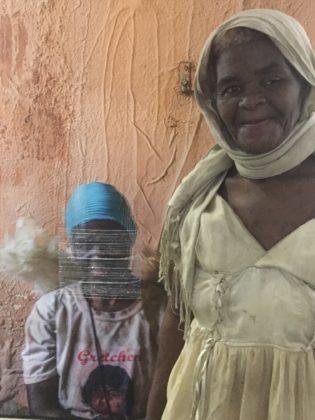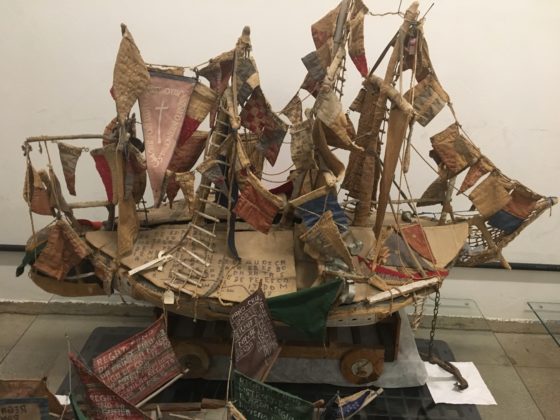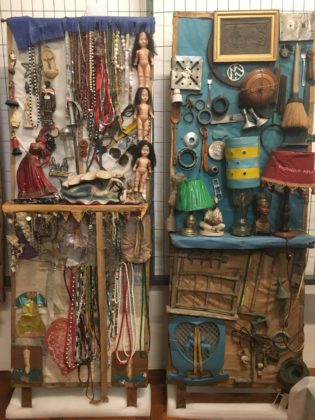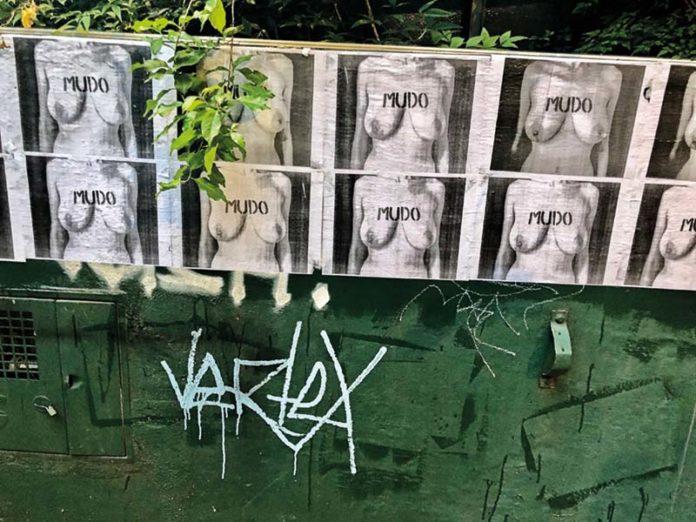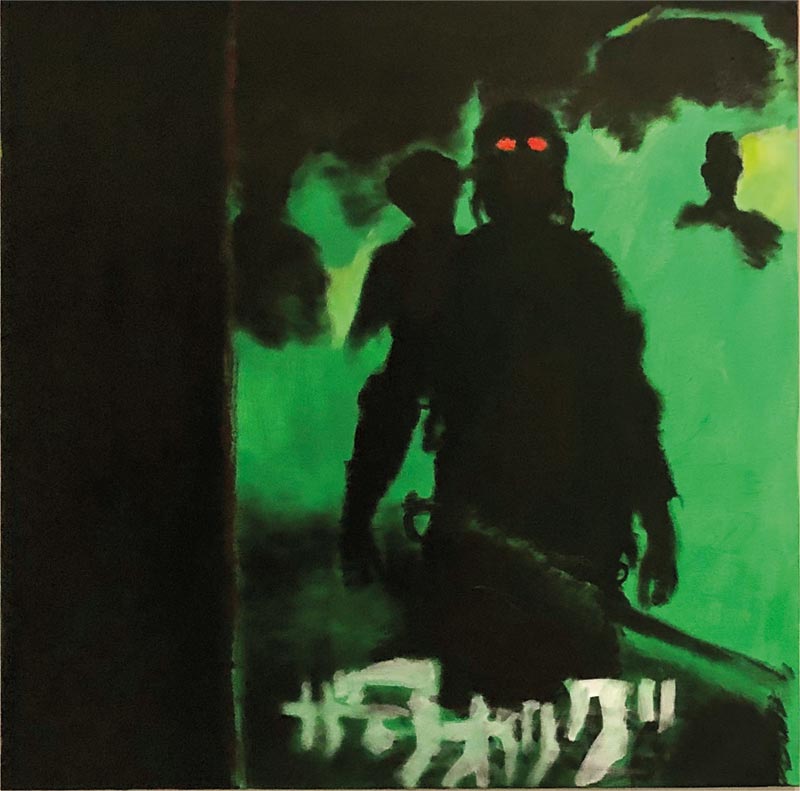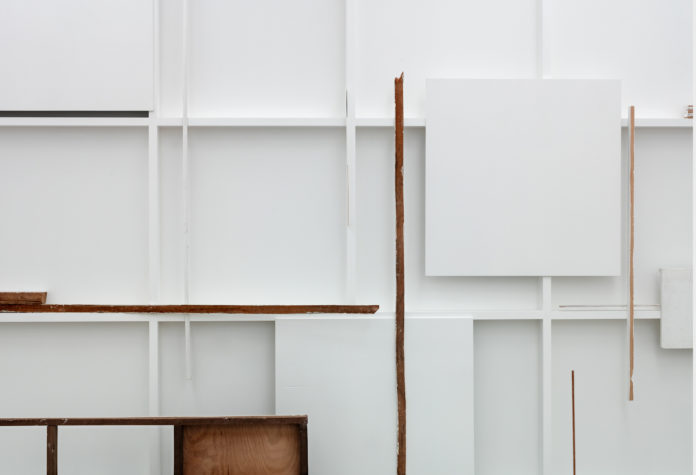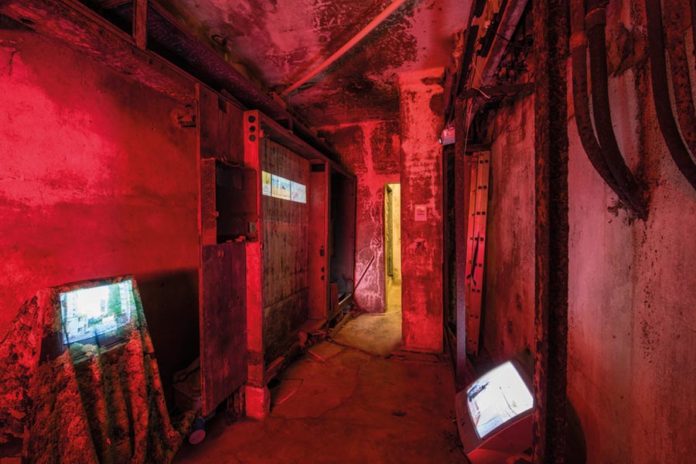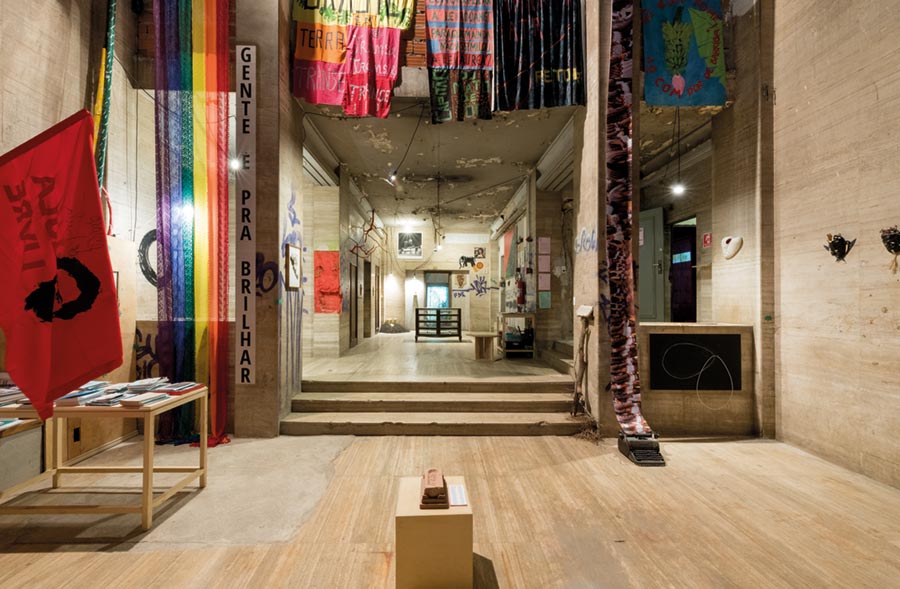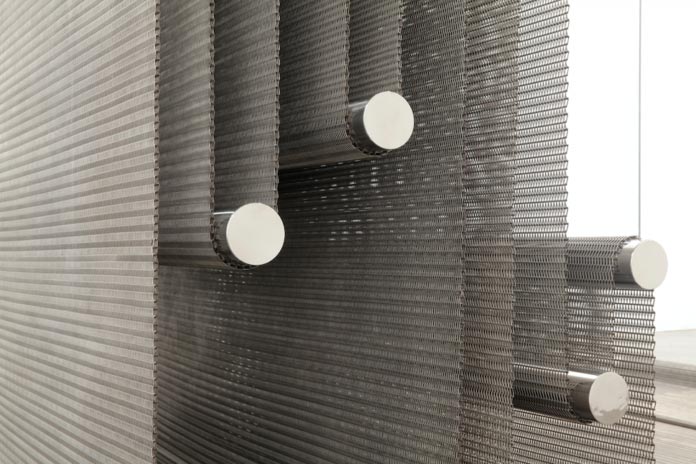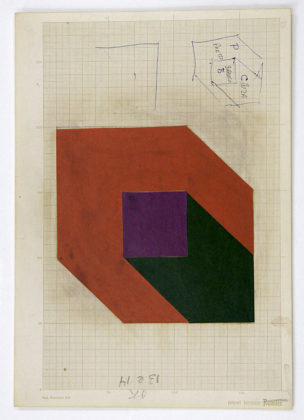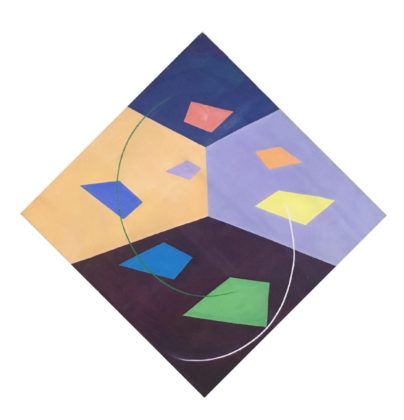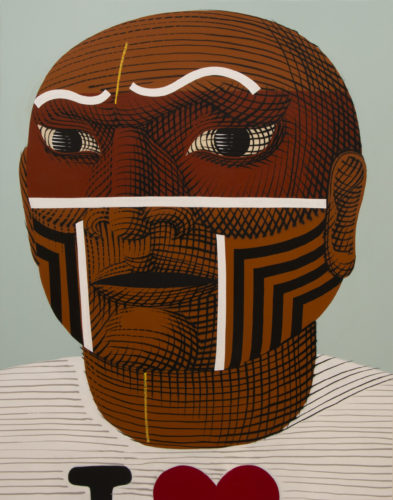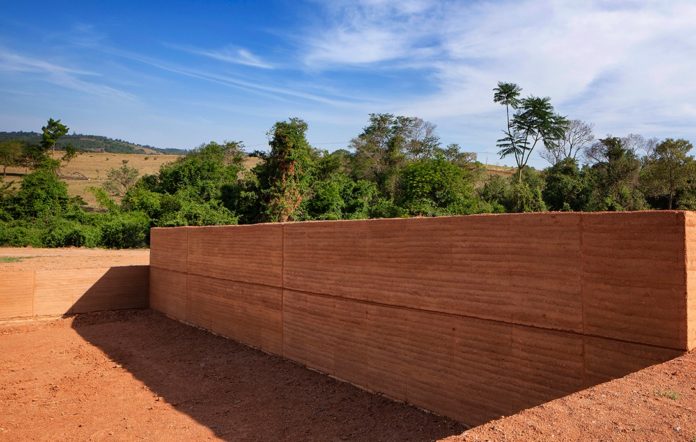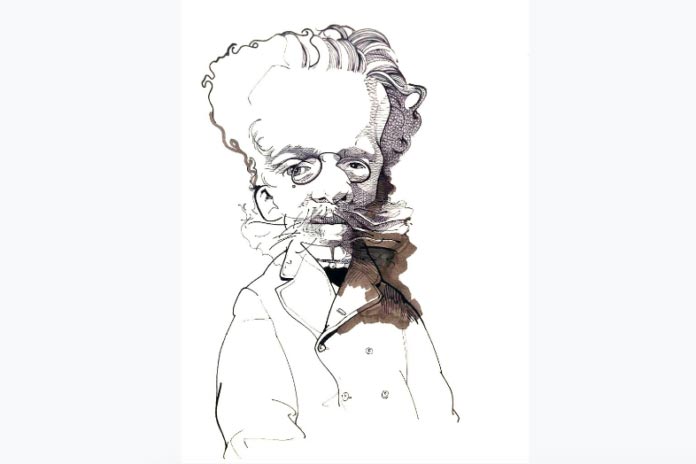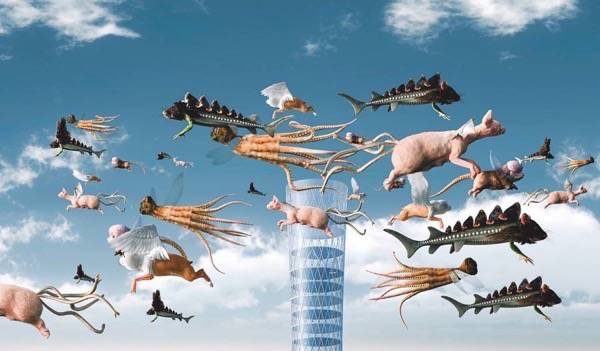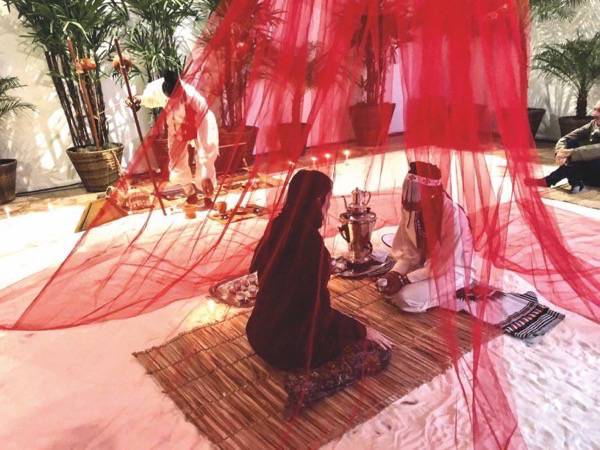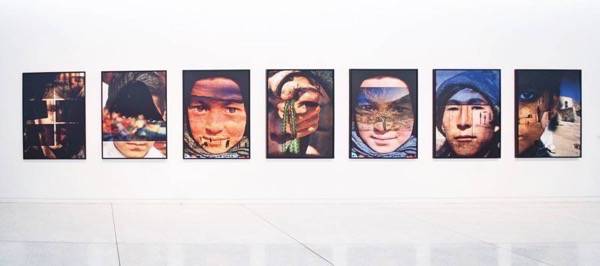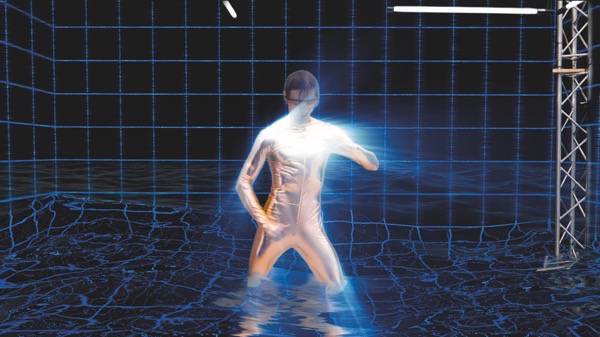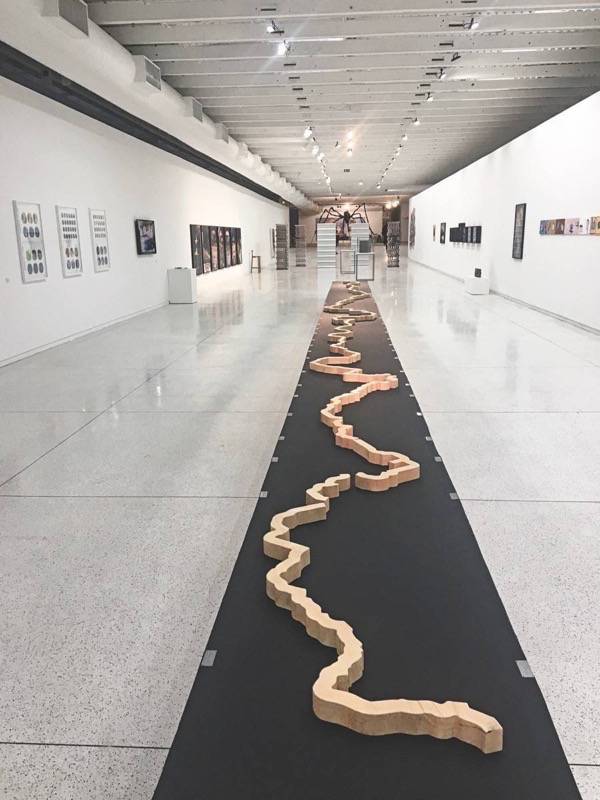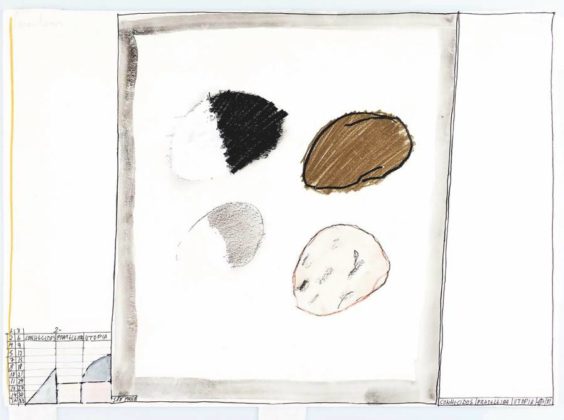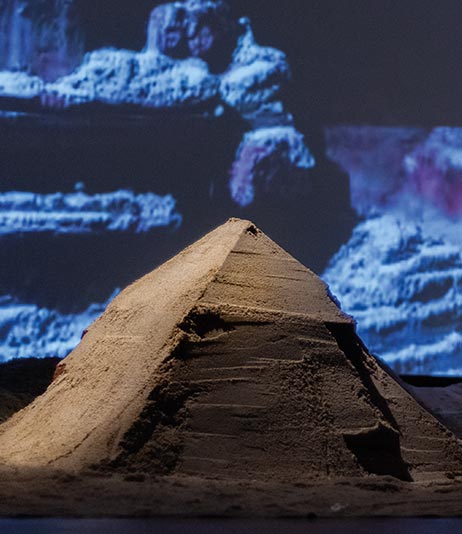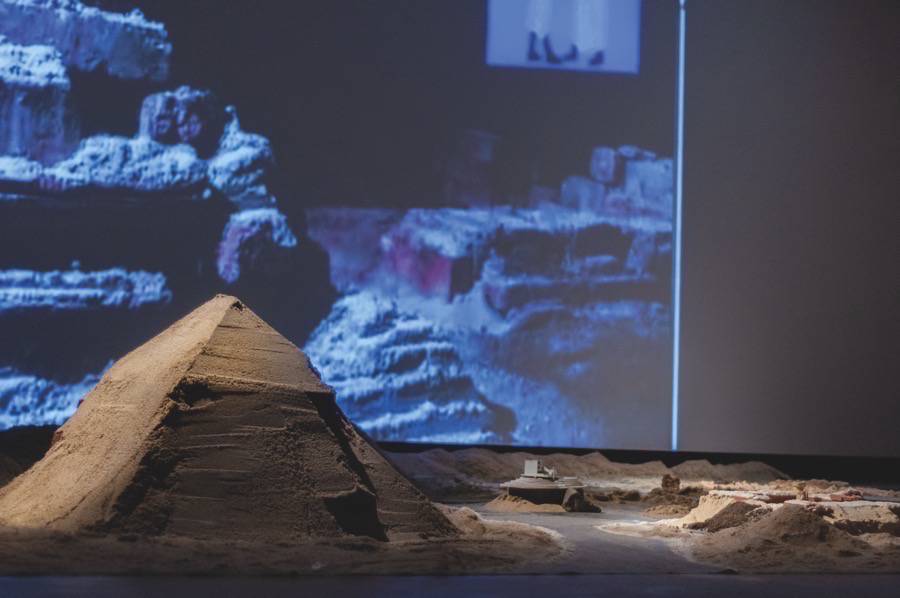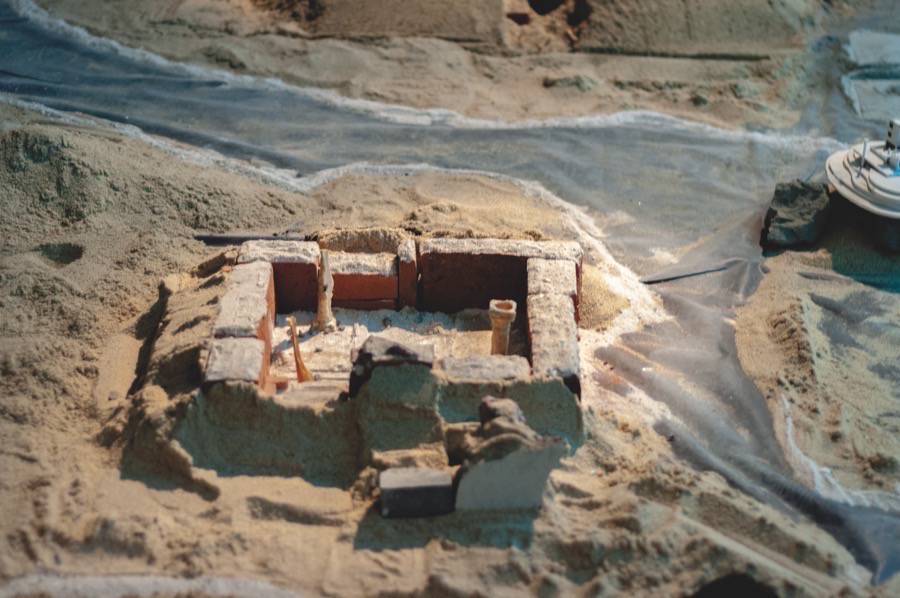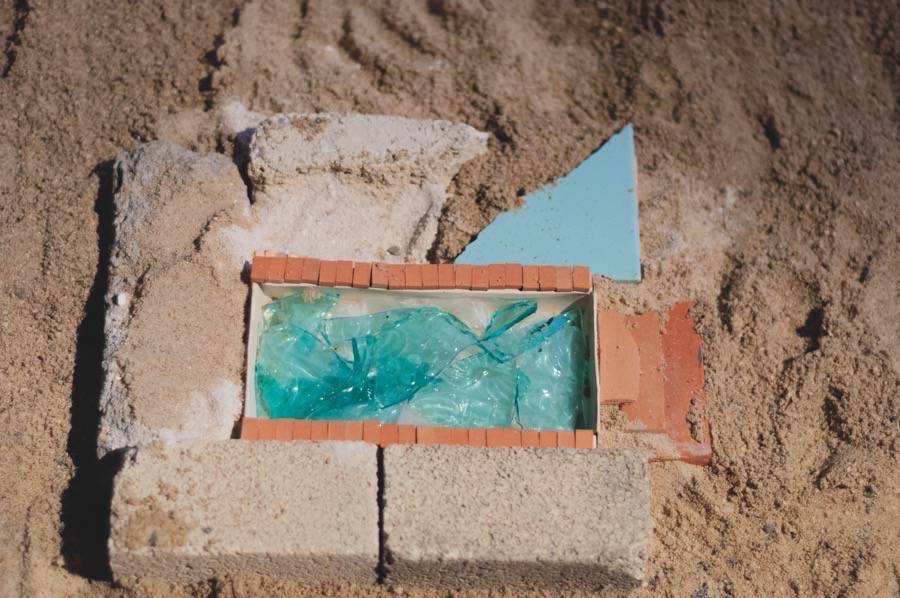Diagnosticado como esquizofrênico paranoico, Arthur Bispo do Rosário viveu por quase 50 anos, entre entradas e saídas, como interno de hospitais psiquiátricos do Rio de Janeiro. Aproveitou-se dos materiais precários que o cercavam para recriar o mundo em uma obra inestimável. A partir dos fios dos seus próprios uniformes, criou mantos e tecidos. Concebeu também esculturas e murais cobertos de objetos que colecionava compulsivamente, montando todo um universo paralelo.
Falecido em julho de 1989, o artista tem tido sua obra revisitada, restaurada, higienizada e catalogada desde o fim de 2016. Em setembro de 2019, o acervo de Bispo do Rosário foi tombado pelo Instituto do Patrimônio Histórico e Artístico Nacional (Iphan), em decisão unânime de seu conselho consultivo.
Com patrocínio da Fundação Marcos Amaro (FMA), o Museu Bispo do Rosário Arte Contemporânea, no Rio de Janeiro, vai incorporar ao seu atual espaço, onde funciona hoje a área expositiva e o acervo em restauro, um dos pavilhões da antiga Colônia Juliano Moreira, hospital onde o artista viveu por muitos anos. A edificação, que terá que ser totalmente restaurada, abriga a cela ocupada por Bispo, que a encarava como uma espécie de ateliê.
“As paredes da cela onde viveu Bispo do Rosário estão completamente tomadas por desenhos que foram cobertos por camadas de tinta ao longo dos anos. Vamos retirá-las pouco a pouco, em um processo de restauração da camada original de tinta, na tentativa de revelar todo o universo criativo do Bispo impresso naquelas paredes”, afirma Ricardo Resende, curador do Museu e também da FMA. Depois de restaurada, a cela funcionará como espaço expositivo permanente para as obras do artista sergipano. “A ideia é justamente apresentar ao público seus trabalhos em sua ambiência natural, onde foi criada – até mesmo porque a obra do Bispo ganha sentido, significado e potência de proporções imensuráveis quando contextualizada naquela paisagem do manicômio”, comenta.
Para o início do projeto de restauração do pavilhão, a Fundação Marcos Amaro doou à instituição carioca o montante de R$ 350 mil. Em 2017, a fundação apoiou a readequação e renovação da atual reserva técnica do Museu. No início de 2018, os incentivos foram para a readequação das atuais salas expositivas, garantindo melhores condições museológicas de exibição para a obra. “Com esse apoio, a FMA reafirma o seu propósito em não somente impulsionar a produção contemporânea com criação de prêmios e residências voltados a jovens artistas e em atividade, mas também pela preservação e conservação da arte contemporânea brasileira”, afirma Raquel Fayad, diretora geral da fundação.
“Esse procedimento é o maior já realizado em obras de arte contemporânea no Brasil. O método consiste na retirada do oxigênio de estrutura construída justamente para este fim, uma bolha hermeticamente fechada, onde foi acomodada em sua primeira etapa a metade da obra de Bispo do Rosário. De lá, através de um mecanismo, foi retirado de seu interior todo o oxigênio deixando apenas o hidrogênio”, explica Ricardo Resende. “Esse processo garante uma eficaz eliminação de cupins, fungos ou qualquer outro microrganismo por asfixia. Trata-se de uma tecnologia que não afeta a obra, que é extremamente frágil, e requer o máximo de cuidado.”
Atualmente, está em exibição na sede do Museu a mostra UTOPIAS: A vida para todos os tempos e glória, contemplada no Edital do Produtor Cultural de 2018 – ISS, que dá continuidade à proposta do Museu de garantia e ampliação do acesso à arte e à cultura fora dos eixos convencionais da cidade. Com curadoria de Diana Kolker e Ricardo Resende, a exposição apresenta obras de artistas integrantes do Atelier Gaia, vinculados ao Museu Bispo do Rosário, e das obras desenvolvidas pelas artistas Pola Fernandez, Val Souza, Ercilia Stanciany, Veridiana Zurita e Seu Hernandes José da Silva, convidados a participar do programa de residência Casa B.
O trabalho de Pola Fernandez foi também exibido na ocasião da abertura da exposição Bispo do Rosário: As Coisas do Mundo, aberta na Fábrica de Arte Marcos Amaro – FAMA, em Itu, no mês de setembro.

